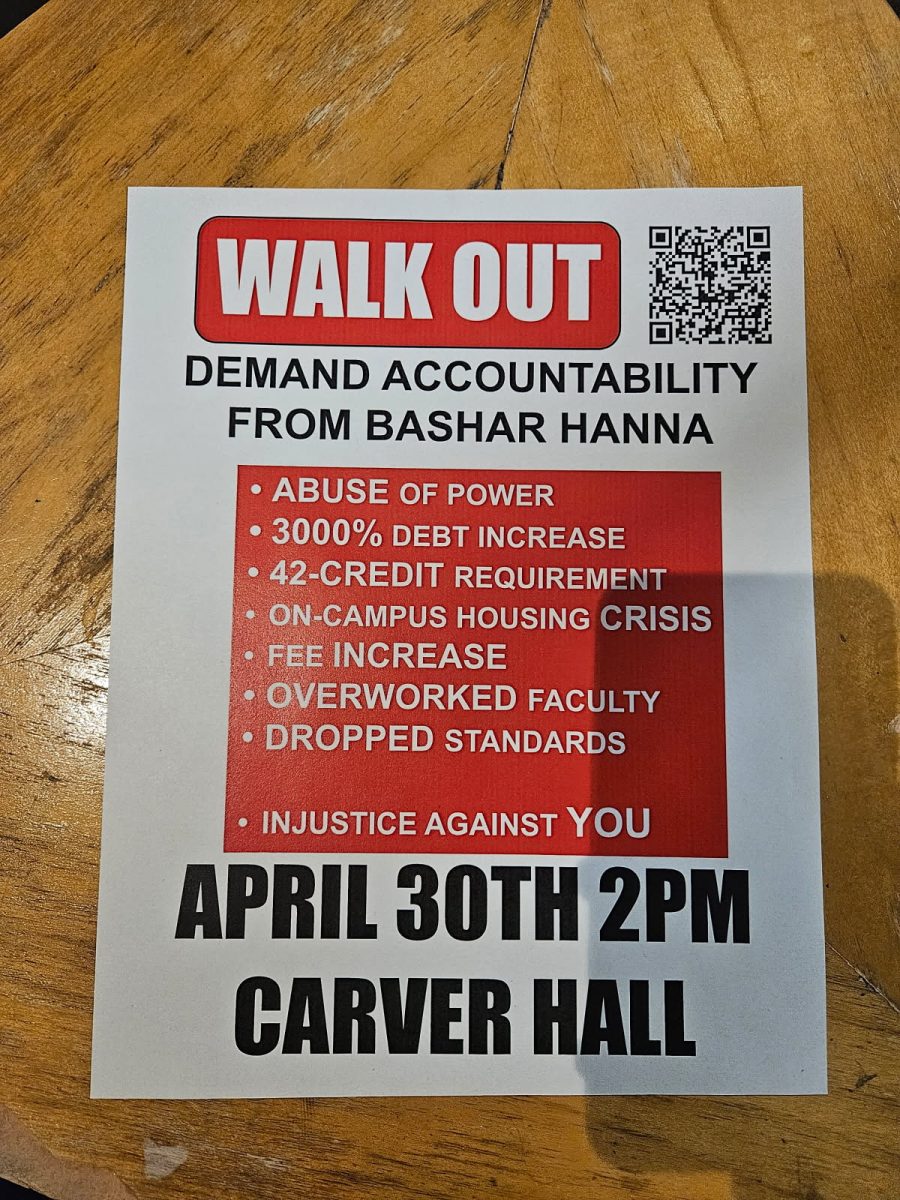225 million Americans’ smartphones received a text message courtesy of the new “Presidential Alert system.”
The contents of the message, sent on Oct. 3 at exactly 2:18 p.m., were simple enough: “THIS IS A TEST of the National Wireless Emergency Alert System. No action is needed.”
Thousands of phones rang and vibrated during this test of a Wireless Emergency Alert, sent at the sole discretion of the president. It’s essentially a federal-level revamp of the AMBER Alerts and weather updates sent by local authorities. The alert was originally scheduled for testing on Sept. 20, but due to the onslaught of Hurricane Florence, it was pushed back to Oct. 3.
People were concerned that the new messaging system would make them unwilling recipients of Trump’s infamous tweets. This is understandable, given Trump’s legendary Twitter finger, but the Federal Emergency Management Agency (FEMA) said this was not some kind of ploy to boost the president’s number of followers.
The nature of the widespread message also brought up questions regarding the reasoning behind this notification system. Why did it just come out? Was there a specific event that happened that spurred Trump to coin it?
The purpose of this massive text is to warn the public about potential emergencies that could affect the United States from within or outside our borders. It’s a scary thought, but is there something catastrophic Trump knows that we do not?
We may never get the answers to these questions, but we do know that full government access to phones crosses a line into citizens’ private lives.
The most warranted complaint about the new alert system is that there is no way for cell phone users to opt out of getting the alerts. Those who had their phones switched off at 2:18 p.m. did not receive the text message, but their phones are still permanently linked to the alert system with no way to deactivate it. FEMA now has access to 100 mobile carriers and the ability to reach millions of devices at a moment’s notice.
We at The Voice believe that every smartphone-carrying American should be able to opt out of this wireless alert system if they so choose. Our best defense of our digital safety is to be aware of the choices we make regarding the sharing and transfer of personal data.
That’s not to say the Presidential Alert system is a bad idea. A direct message to 225 million Americans’ phones would warn 75 percent of the population about impending dangers far more quickly than other forms of media. Any future messages will include details about the emergency and instructions for how to stay out of harm’s way.
Fortunately, there’s also specific legislation in place to prevent presidents from misusing alert systems. The 2015 Integrated Public Alert and Warning System Modernization Act clearly says that these systems can only be used to warn the public of deadly threats.
“Except to the extent necessary for testing the public alert and warning system, the public alert and warning system shall not be used to transmit a message that does not relate to a natural disaster, act of terrorism, or other man-made disaster or threat to public safety,” it reads.
But that doesn’t mean the president and his administration would not try to take advantage of this power, or that government negligence wouldn’t accidentally cause a major leak of our closely-held personal data.
Phones are essentially handheld vaults for sensitive personal information. As we’ve seen with the recent Facebook information breaches, our data isn’t nearly as safe or confidential as we’d like to believe.
The United States’ dependence on technology isn’t going to go away, and mobile device security is still safest in our own hands.
-The Voice
















